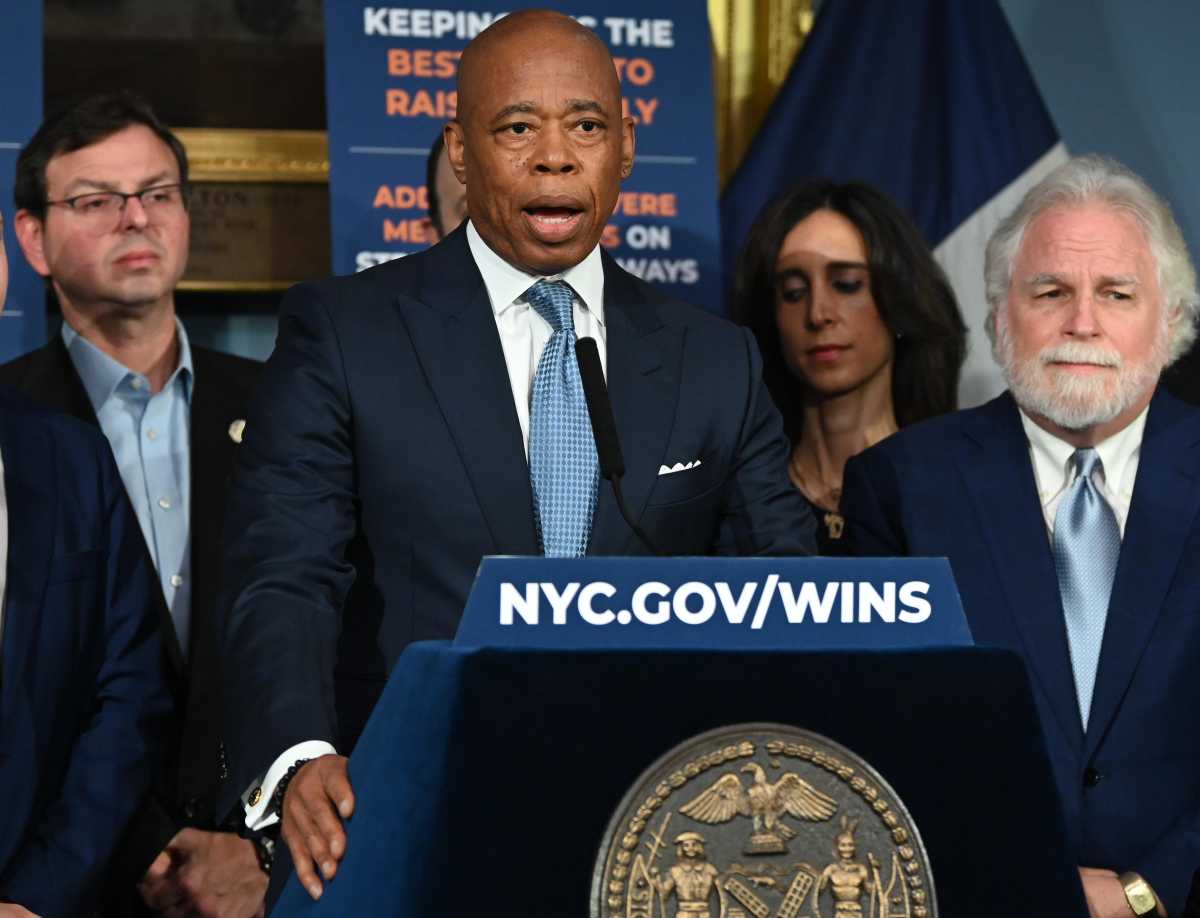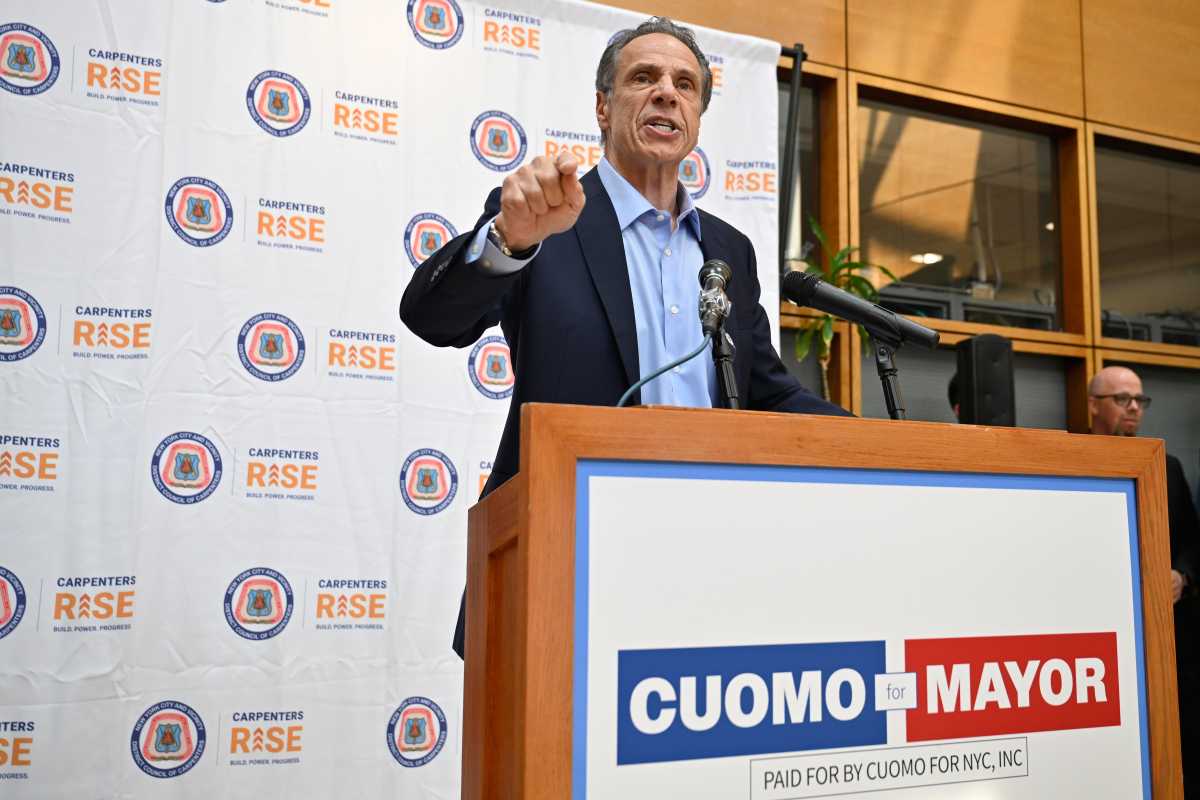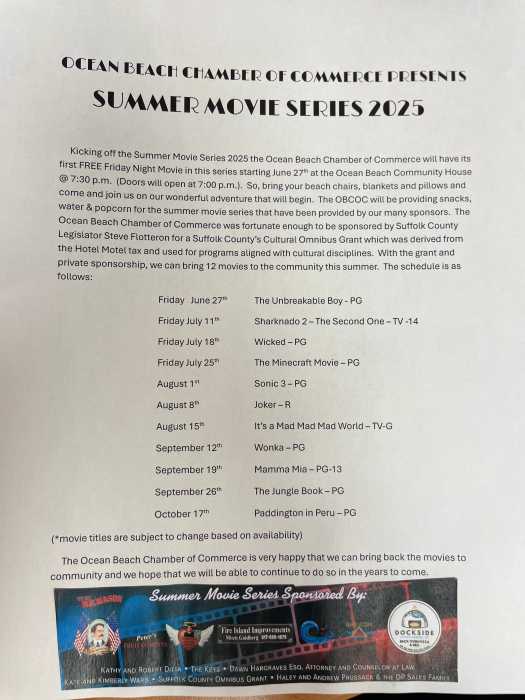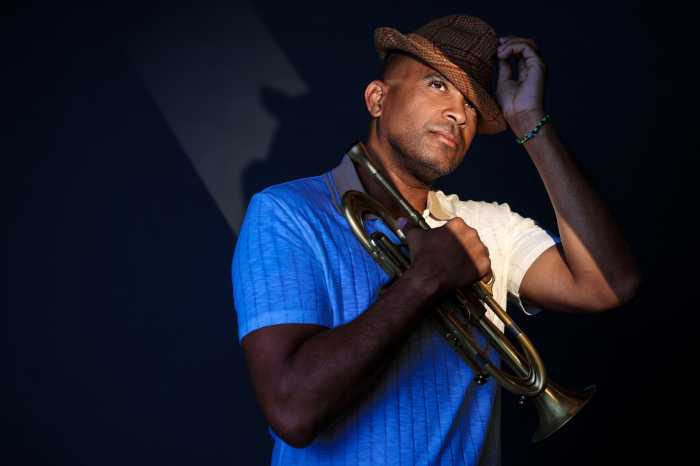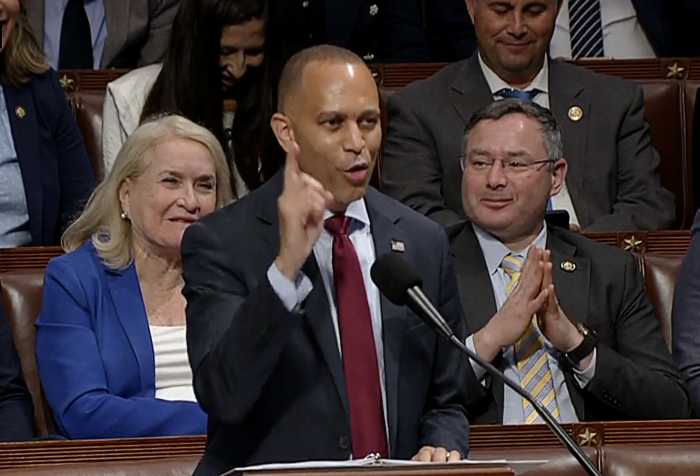If you’ve ever been in a locker room before the start of a football game, you surely would notice an athlete suiting up with many complex pieces of equipment.
He gets protection from an athletic supporter which includes straps and a cup made of a hard plastic. There are thigh pads, hip pads, knee pads and, of course, shoulder pads which contain a hard plastic shell and fit over the shoulders, chest, and ribs.
Some players wear plasticized padding over their forearms and hands. And, of course, they all wear helmets with face guards, chin guards, and teeth guards.
Did I leave anything out?
So why do they wear this protective equipment?
Simple. Football is a dangerous sport and there really is a great big chance of being injured.
Next question: if the sport is so dangerous, why do they play?
Answer: money. The minimum salary in the pros is $420,000 a year. Each of the middle of the team players receives between $900,000 and $1.2 million. The top paychecks for the best players are between 10 and 20 million bucks a season. That’s a lot of money, and obviously the pros are willing to accept the risks of injury.
We reside in a litigious society. Everybody sues for everything and these rich players are no different.
A short while ago 4,500 ex-players sued the NFL on the grounds that the league concealed the dangers of concussions and pushed injured players back on to the field.
Now you’re telling me that these guys, many of them who played for colleges, were not smart enough to realize before any game that they could be seriously hurt? So why was it necessary for them to wear all that paraphernalia?
This was a phony lawsuit and my friends who practice law said it first. That didn’t matter. The NFL denied any wrongdoing but settled anyway for $765,000,000.
If you didn’t hear that let me say it louder. The NFL settled for seven hundred and sixty five million dollars! Of course, if one is seriously injured, no amount is big enough. But these guys knew, well in advance, what the risks were.
Okay. We do know that most Sundays, plus Monday nights, plus Thursday nights take care of our thirst for blood. Saturdays we can watch any one of a dozen college games. The players and their families are well aware of the risks, yet with so many of them going to college via an athletic scholarship plus the possibilities of making it into the pros, they are willing to take that chance.
Here is something about college football on TV that’s been bugging me for years. A youngster gets hurt. The cameras zoom in and show the face of a 19-year-old grimacing in pain. Then, they telecast him being carried off in a stretcher. I am thinking about his poor mother at home watching the game.
I am StanGershbein@Bellsouth.net pleading with the networks to cut to commercial when this happens. Anybody disagree?


